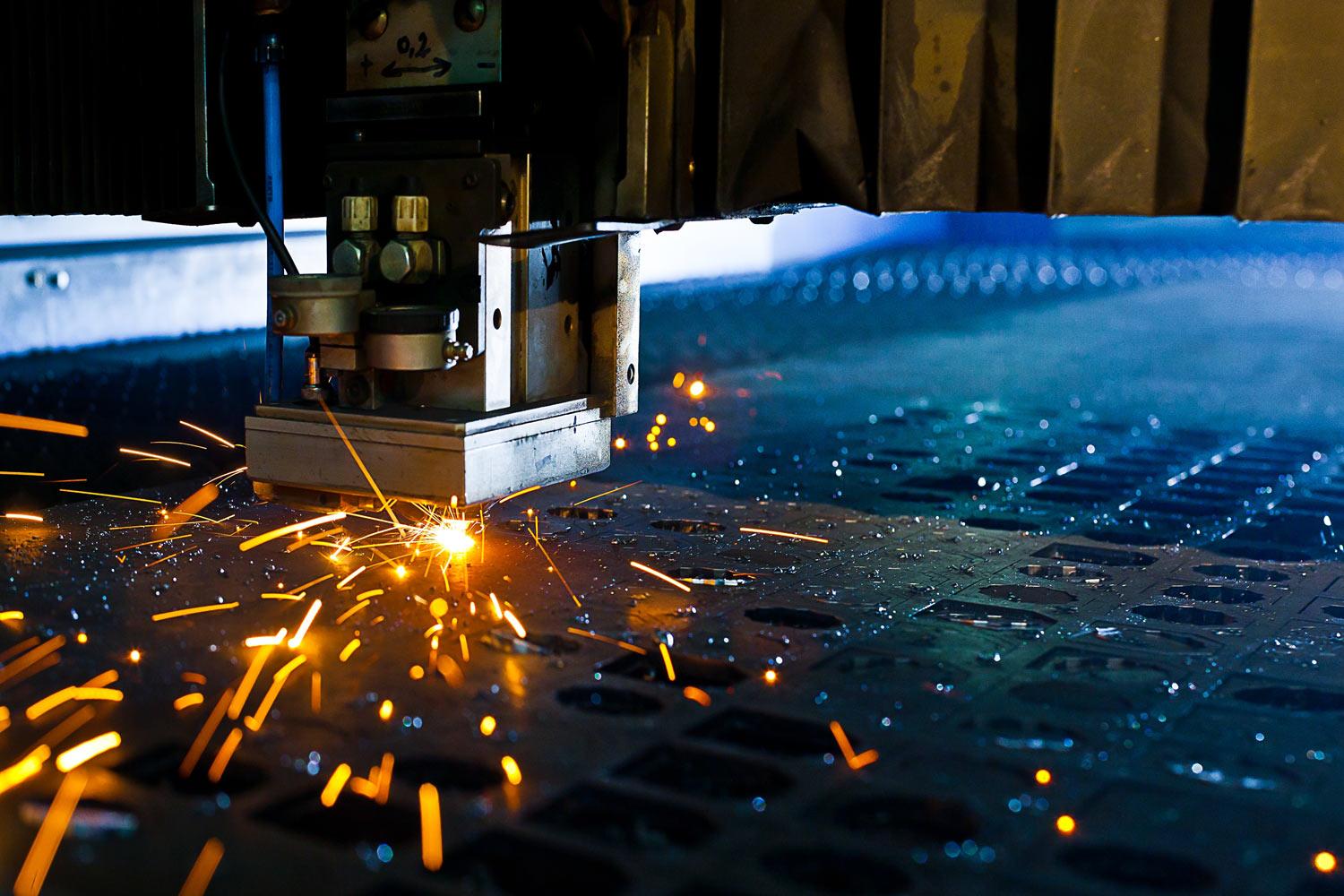
All About Cyanide
Chemical Reactions That Changed The World Assignment By: S.S
What is Cyanide?
Who discovered Cyanide?
Where is Cyanide found?
Forms of Cyanide?
Hydrogen Cyanide
1. 2CH4 + 2 NH3 + 3O2 → 2 HCN + 6H2O
Reaction Type: Double displacement
-The most important process is called in this equation is the Andrussow oxidation where methane and ammonia react in the presence of oxygen to form Hydrogen Cyanide
-The reaction type is D.D because the two non metals nitrogen and oxygen move. Nitrogen moves from ammonia to join with carbon and hydrogen which is another name for HCN as in the product. in return the lone oxygen shifts with the lone hydrogen to form H2O as in the products.
2. CH4 + NH3 → HCN + 3H2
Reaction type: Single Displacement
-This process is called the BMO process (Degussa) where no oxygen is added and the energy is transferred indirectly through the reactor wall
-The reaction is S.D since only the nitrogen the non metal in ammonia moves over to NCH which is also known as HCN as shown in products.
3. H+ + NaCN → HCN + Na+
Reaction type: Single Displacement
-The Shenanigan process uses hydrocarbon and propane that are reacted with ammonia which produces small amounts of HCN
-This equation uses single Displacement as the 2 metals switch sides so Na is alone and Hydrogen is paired with CN
Potassium Cyanide
1. HCN + KOH → KCN + H2O
Reaction type: Double Displacement/neutralization reaction
- KCN is produced by treating hydrogen cyanide with a 50% aqueous solution of potassium hydroxide then the evaporation of the solution in a vacuum.
-This equation uses Double Displacement but is a neutralization reaction as the metals Potassium and Hydrogen switch so Potassium is with Cyanide and hydrogen is now H2O as theres 2 H. But since there is a water and a salt as the reactants contain hydrogen and hydroxide and one of the products is H2O the equation uses double displacement but is a neutralization Reaction.
Sodium Cyanide
1. HCN + NaOH → NaCN + H2O
Reaction type: Double Displacement/ Neutralization reaction
- Sodium cyanide is produced by treating hydrogen cyanide with sodium hydroxide
-In this equation the reaction uses double displacement but is a neutralization reaction as its almost the same equation as potassium Cyanide instead of potassium pairing with Cyanide its sodium Cyanide with water. Since the reactants use hydrogen and hydroxide and the product has H2O this means NaCN is a salt therefore a neutralization reaction.
Risks
Human health affects:
- Eating or drinking cyanide-containing foods may cause health effects
- Breathing cyanide gas, especially in a poorly ventilated space, has the greatest potential for harm.
- Lethal exposures to cyanides result only from accidents or intentional acts. Because of their quick-acting nature, cyanides may be used as agents of terrorism.
- if less then a teaspoon is consumed fatal consequences are vital in 10-15 mins
Environment Affects:
- affect on wildlife-it is toxic to many living organisms at very low concentrations.
- aquatic- Fish and aquatic animals are very sensitive to cyanide exposure. Concentrations of free cyanide in the aquatic environment ranging from as little as 5.0 to 7.2 micrograms per liter it reduces swimming performance and stop reproduction in many species of fish.
Benefits
That affect our daily life
- Cyanide used in many plastics
- used in dye such as blue
Hydrogen Cyanide is used in pest control products as its very harmful and fast acting usually used in ships to kill rodents
- cyanide is in many of our foods that we eat such as spinach, bamboo shoots, almonds, Lima beans, fruit pits and tapioca.
How was Cyanide used in the past?
Hydrogen cyanide was once under the name Zyklon B (Gift Gas) which was used as a genocidal agent in World War II by the Germans. Research has shown that in the 1980s, hydrogen cyanide gas may have been used along with other chemical agents during the Iran-Iraq war against the opposing army of the Kurdish city of Halabja in northern Iraq.
Used today?
Cyanide is also used in the production part of things like manufacturing, cyanide is used to make paper, textiles, and plastics. Also its in chemicals used to develop photographs! Potassium Cyanide salts are used in many things today like metallurgy for electroplating, metal cleaning, and removing gold from its ore. Cyanide gas is used to exterminate pests and vermin in ships and buildings.
Conclusion
Bibliography (APA)
(n.d.). Retrieved October 13, 2016, from http://study.com/academy/lesson/what-is-cyanide-definition-formula-effects.html
E. (2014). Empirical Formula for Hydrogen Cyanide : The Marvels of Chemistry. Retrieved October 13, 2016, from https://www.youtube.com/watch?v=VIKkchm1Q-w
Hydrogen cyanide. (n.d.). Retrieved October 13, 2016, from https://www.britannica.com/science/hydrogen-cyanide
By using a pharmacokinetic model and assuming that the blood cyanide concentration of 0.5 mg/L is nontoxic, the Army proposed field drinking-water standards for cyanide of 2 mg/L and 6 mg/L, assuming a water consumption of 15 L/day and 5 L/day, respectively. The subcommittee is in agreement with the Army's proposed standards. Therefore, the subcommittee's recommended field drinking-water guidelines for cyanide are the same as the Army's proposed standards. (n.d.). Read "Guidelines for Chemical Warfare Agents in Military Field Drinking Water" at NAP.edu. Retrieved October 13, 2016, from https://www.nap.edu/read/9527/chapter/10#53
Department of Health. (n.d.). Retrieved October 13, 2016, from https://www.health.ny.gov/environmental/emergency/chemical_terrorism/cyanide_general.htm
Potassium cyanide. (n.d.). Retrieved October 13, 2016, from https://en.wikipedia.org/wiki/Potassium_cyanide
Hydrogen cyanide. (n.d.). Retrieved October 13, 2016, from https://en.wikipedia.org/wiki/Hydrogen_cyanide
Sodium cyanide. (n.d.). Retrieved October 13, 2016, from https://en.wikipedia.org/wiki/Sodium_cyanide














